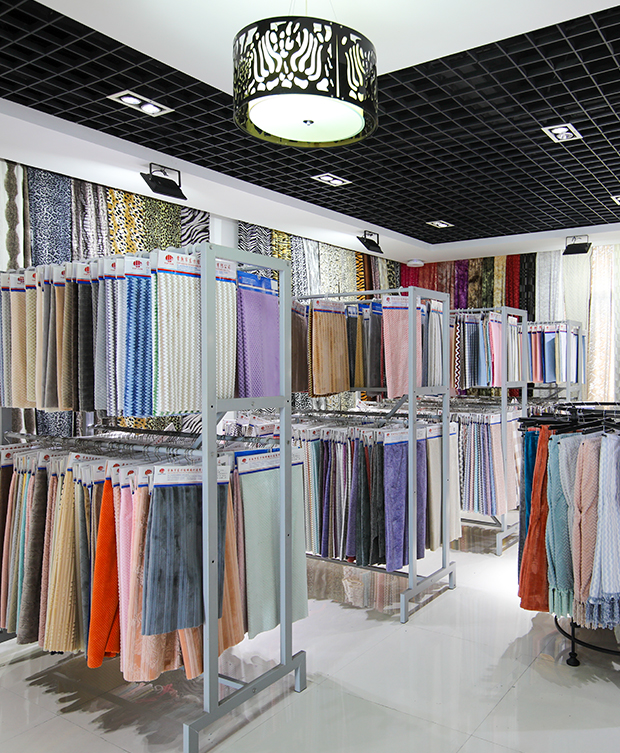Tie dye plush fabric DF2054
Cat:Carpet
Material: 100% Polyester Type: PV plush Pattern: Tie dye Color: Customized color...
See Details
What does Carpet do?
Carpets serve several purposes in a home or building, including:
1. Insulation: Carpets provide insulation by trapping air between the fibers, which helps to retain heat and reduce energy consumption.
2. Sound Absorption: Carpets can also absorb sound, which can be beneficial in noisy environments or in multi-story buildings where noise can carry between floors.
3. Comfort: Carpets offer a soft, cushioned surface that can be more comfortable to walk on than hard flooring materials like tile or hardwood.
4. Safety: Carpets can help prevent slips and falls, particularly in areas that are prone to moisture or spills.
5. Style and Decor: Carpets come in a wide range of colors and designs, which can add to the decor of a room and create a specific style or mood.
6. Protection: Carpets can protect the flooring underneath from scratches, stains, and wear and tear.
Overall, carpets can provide a range of benefits in terms of insulation, sound absorption, comfort, safety, style, and protection, making them a popular choice for residential and commercial spaces.
How is Carpet cleaned?
The cleaning process for a carpet can depend on the specific materials and construction of the carpet, as well as the type and severity of the stains. Here are some general guidelines for cleaning a carpet:
1. Vacuuming: The first step in cleaning a carpet is to thoroughly vacuum the area. This will remove any loose dirt or debris and make the carpet easier to clean.
2. Pre-Treatment: For stains or heavily soiled areas, a pre-treatment solution may be necessary. This can help break down the stains and make them easier to remove. Apply the solution to the stained area and let it sit for a few minutes before proceeding to the next step.
3. Cleaning Solution: There are several types of cleaning solutions available for carpets, including spot cleaners, foam cleaners, and steam cleaners. Choose a cleaning solution that is appropriate for the specific type of carpet and stains.
4. Cleaning: Apply the cleaning solution to the carpet according to the instructions on the label. Use a clean cloth or brush to work the solution into the carpet, focusing on the stained areas. Avoid using too much water, as this can damage the carpet and cause it to develop mold or mildew.
5. Rinsing: After the cleaning solution has been applied, rinse the area thoroughly with water. Use a clean cloth or wet/dry vacuum to remove as much water as possible.
6. Drying: Once the area has been cleaned and rinsed, it's important to allow it to dry completely. Use a fan or open windows to help circulate air and speed up the drying process. Avoid walking on the carpet until it is completely dry.
Overall, the cleaning process for a carpet can depend on the specific materials and stains. It's important to choose a cleaning solution that is appropriate for the type of carpet and stains and to follow the instructions carefully to avoid damaging the carpet. If the carpet is heavily soiled or has difficult stains, it may be best to hire a professional carpet cleaner to ensure the best results.